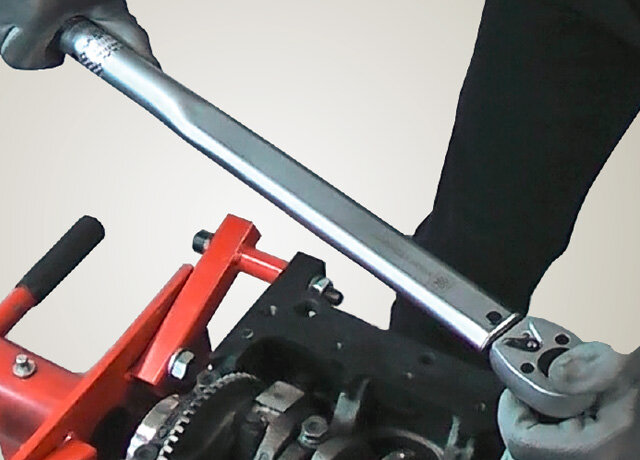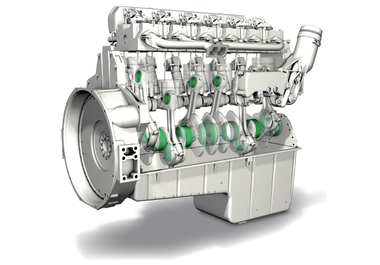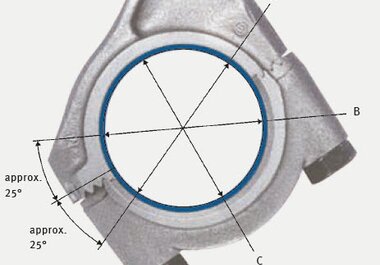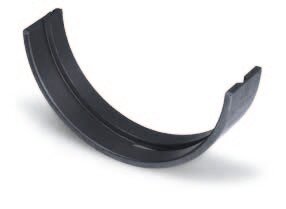
Removal of engine bearings in the event of damage
Back to search
Information on diagnostics
What do you need to remember when dismantling engine bearings? What can you tell about the cause of the damage from the position of the bearing shell and the appearance of the bearing? You will find the answers here.
The following should be noted during the removal of bearing shells in the event of damage:
- The bearing shells should be labelled according to seat and position in the main bearing centre line so that the events leading to the damage can be better understood. In addition to the appearance of the bearing, the seat can often provide information on the events leading to the damage. In the event of bending of the crankshaft, above all the first and last main bearing along the centre line demonstrate one-sided wear marks, for example.
- Operating conditions (duration, type of stress) and other influences, such as the oil used, must be documented so that it is possible to have a better assessment of the damage.
- Issues with other engine components, for example the crankshaft, must also be documented. In the majority of cases, damage to the interacting sliding partner of the engine bearing can be recognised. Often, damage to the bearing is also the result of damage to other engine components.
- In order to allow subsequent analyses, a sample should be taken of the oil used and the oil filter retained. Particle residues can be documented and analysed, providing information about possible causes of damage.
- The torques required to loosen the engine bolts must be documented. If the bolts are not fastened with the right torque, relative movement between the bearing shell and the housing bore may be the result.


